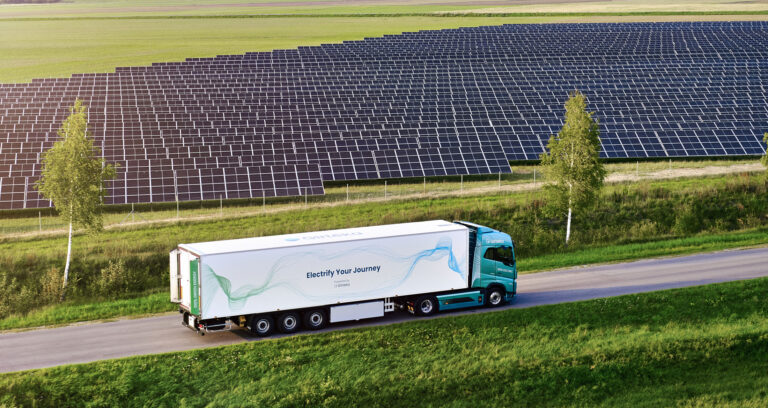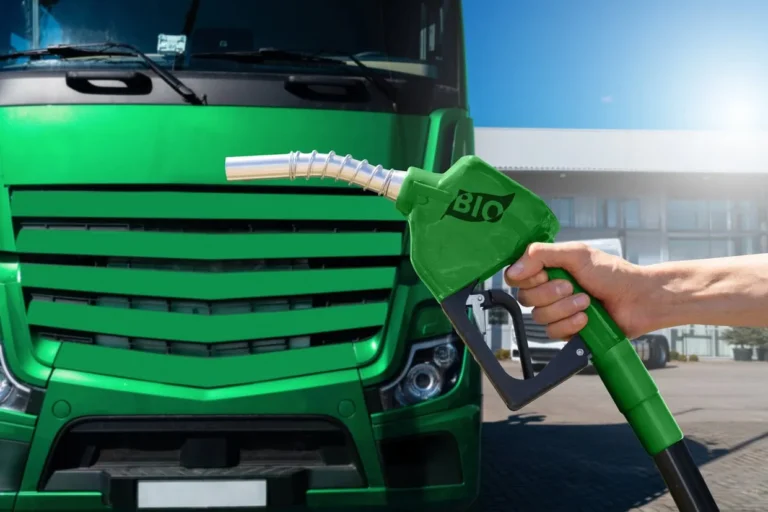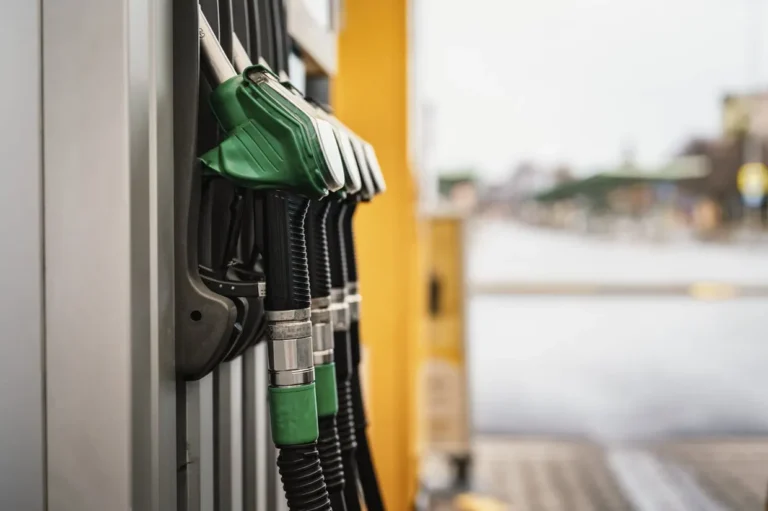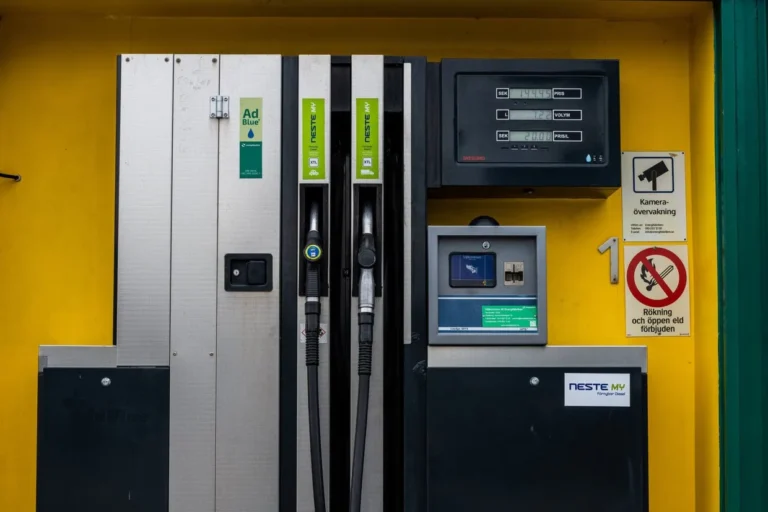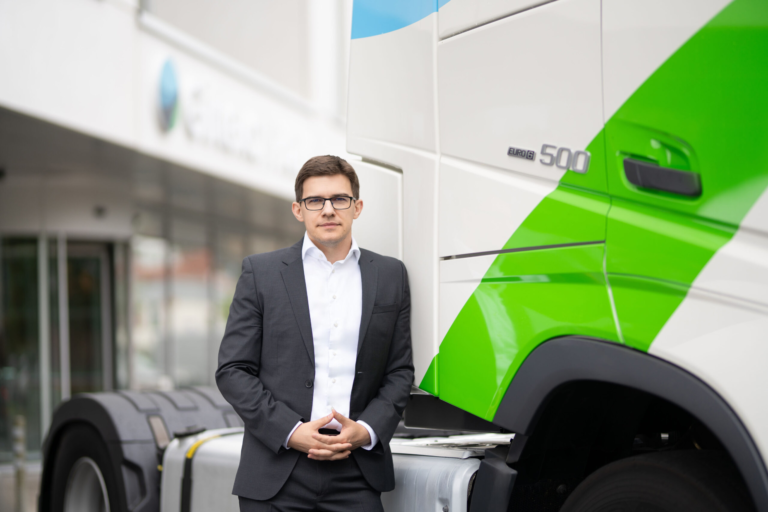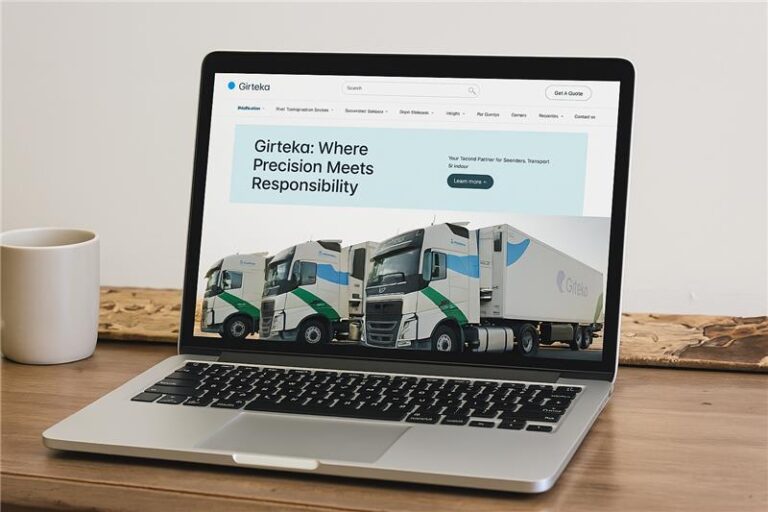Throughout the past few decades, the technological process of the whole world was immense. The logistics industry was no exception, as the sector jumped leaps and bounds to move forward and improve the efficiency, safety and comfort of everyone that is involved with the road transportation process. Still, there are areas to improve, whether it would road safety or the impact that carrying goods on the road has on the environment.
Nevertheless, as various technological developments continue to move forward, so does road freight transport in terms of its progress towards the future, as there are exciting advancements are around the corner.
Sustainable developments
One of the most popular and perhaps even pressing questions in terms of what‘s next are the ways on how to reduce the logistics industry‘s environmental impact.
Per the European Environmental Agency (EEA), throughout the past 30 years (between 1990 and 2019, as per EAA data), CO2 emissions of heavy-duty trucks and buses have only grown, stabilizing in the past couple of years. On a brighter note, they reached their peak in 2006 and 2007, when the two types of transport registered 0.51 tons of emissions per capita in the European Union (EU). From that point on, they have dropped to their current level of 0.47 tons of emissions per capita, a level which has remained steady between 2017 and 2019, the last year of data that is currently available.
The pressure on the road freight transport industry to reduce its emissions has only grown. In April 2021, the EU parliament accepted adopted a law to commit to reducing the bloc‘s CO2 emissions by at least 55% by 2030, using 1990 levels as the basis of the target. The pressure stems not only from the lawmakers, as European citizens consider climate change the most serious problem facing the world, according to the latest Eurobarometer survey, conducted by the European Commission (EC). With transport) being responsible for about 25% of the EU‘s total emissions, according to the EEA, there is little doubt that one of the few spotlights sheds a lot of light on the sector.
However, options to completely and immediately reduce emissions are few and far between. Not only there is an obvious lack of electric or hydrogen trucks available, the infrastructure to potentially support the adaption of those trucks is, to put it lightly, lackluster. As a result, the situation is seemingly stuck in an ever-looping paradox. Still, there are positive developments in both the means and the infrastructure, as truck manufacturers not only introduce emissions-free transport onto the roads but have also made concrete plans to develop infrastructure to support the fleet of environmentally-friendly trucks.
Watching sustainable transport options develop in the next few years will be undoubtedly interesting, especially the race between electric and hybrid trucks. While seemingly car manufacturers gave up on hydrogen on passenger cars, truck manufacturers are still hopeful that the technology can have a resurgence on heavy-duty trucks. Yet, as battery technology develops, it provides an interesting platform for the two ways to compete against each other and push towards making the respective propulsion methods improve continuously.
Autonomy
Another field that has been slowly developing in road transport, in its broadest term, is autonomous driving. With the technology moving forward in passenger cars, perhaps it is only a question of when, rather than if, when autonomous driving would be available on heavy-duty trucks.
For example, Tesla‘s own autopilot is promised to offer full self-driving (FSD) capabilities, including on the electric car manufacturer‘s Semi, the heavy-duty truck developed by the automaker. While Tesla’s FSD timeline has moved several times, during the company’s Q4 2020 earnings call, Elon Musk indicated that the Semi is “highly likely” to be the first vehicle to achieve full autonomy in the Tesla lineup. The so-called traditional manufacturers have also invested in autonomous driving, as, for example, Daimler, the owner of Mercedes-Benz, showcased its Future Truck 2025 in 2014. During the presentation more than seven years ago, the manufacturer indicated that the truck of the future would be capable of autonomous driving.
After all, most of the kilometers covered by heavy-duty trucks are done on a highway, where fewer external factors, like pedestrians, could influence the safety of the participants in the road transportation process. Allowing technology to take over and ease the mental toll of the job for the drivers could only benefit the industry, in terms of its efficiency and the quest to improve the working conditions of the drivers.
However, hurdles remain for the technology.
Adopting autonomous driving
Firstly, while autonomous driving promises to reduce the working load of the drivers, an important question to raise is what happens to the working hours of the driver. Would the hours, which follow strict legal regulations, have to be adjusted to facilitate the duo of autonomy and the driver? The Division Chief of the United States Federal Motor Carrier Safety Administration (FMCA) Jeff Loftus, who spoke during a panel about automated freight systems, indicated that the administration is looking into whether changes have to be made to the rules of drivers’ working hours.
“We’re trying to understand the technology aspects of that and anticipating the potential of getting requests for exemptions in our regulations in the future, such that the vehicle may perform some of the driving task, the human will perform others, and what changes do we have to make to our hours-of-service regulations, as an example,” Loftus was quoted as saying by FreightWaves.
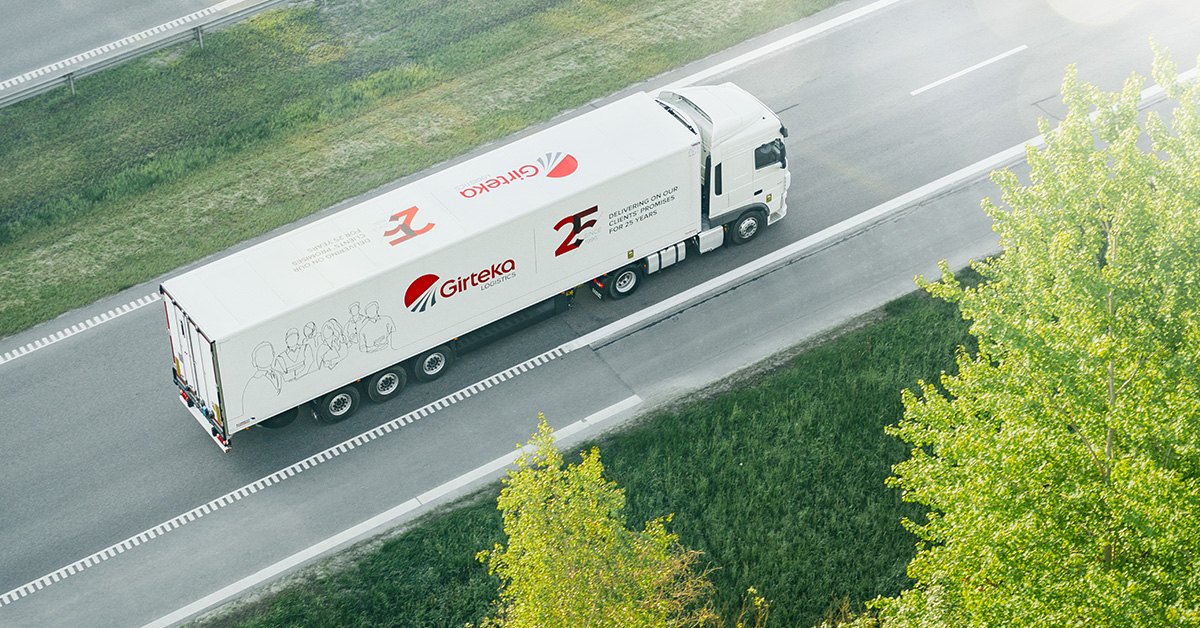
Meanwhile, in Europe, regulators are seemingly struggling to build the foundation to help the technology trickle onto the roads in the continent. Lexology, legal analysis and insight provider, determined in 2018 that the framework for self-driving vehicles remains fragmented, as “carmakers and software providers will need to analyze their liability country by country in order to assess their potential exposure.” While the EC moved forward and made amendments to the 1968 Vienna Convention on Road Traffic to allow autonomous technology to be even implemented, work is still to be done, especially concerning the logistics industry. A year later, the Commission published the guidelines for the approval of automated vehicles within the bloc, including the harmonization of rules amongst international partner countries, as well as to begin the discussion to adapt national legislation to welcome autonomous vehicles on the European roads.
Secondly, there are the technological challenges associated with delivering autonomous driving on a heavy-duty truck. After all, autonomous trucks won’t rely on mechanical or hydraulic mechanisms, but rather on complicated software systems. Daimler, in its Future Truck 2025 announcement, highlighted that one of the necessary conditions is also the fact that data security, in technical and legal terms, must be secured. With cyberattacks on the rise in terms of their scale and regularity, especially on critical infrastructure projects, the danger of things going south with autonomous trucks on the road has to be measured and prepared for.
But autonomous trucks remain at the heart of conversation when talking about technological innovation in the logistics industry. Perhaps the fact that the very way that the industry has been working since the first trucks began driving on the road would be completely revolutionized with fully self-driving trucks. At the same time, regulation, as defined by the 1968 Vienna Convention on Road Traffic and amended in 2016, legislates that such technology is allowed only if the driver can override or switch it off. Furthermore, the more pressing matter is the development of sustainable transport as tackling climate change remains a huge challenge for every sector and industry, including logistics.
